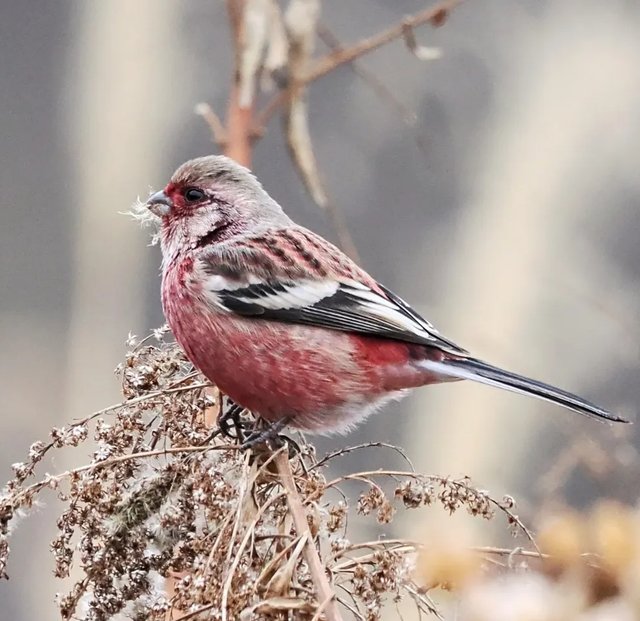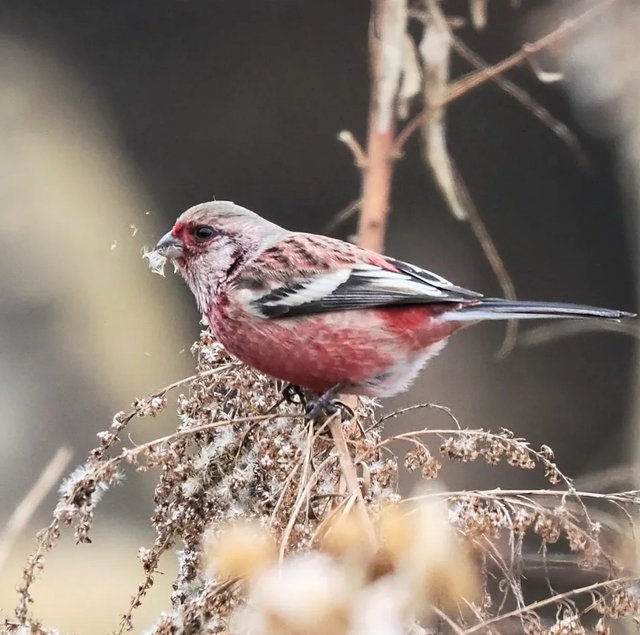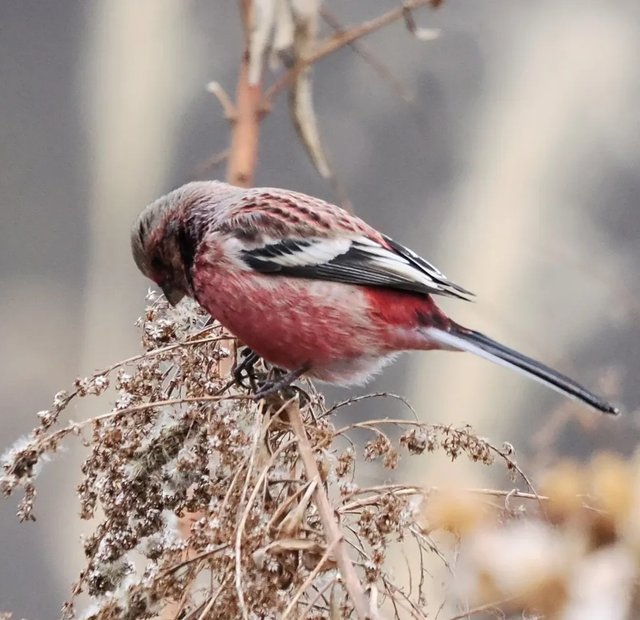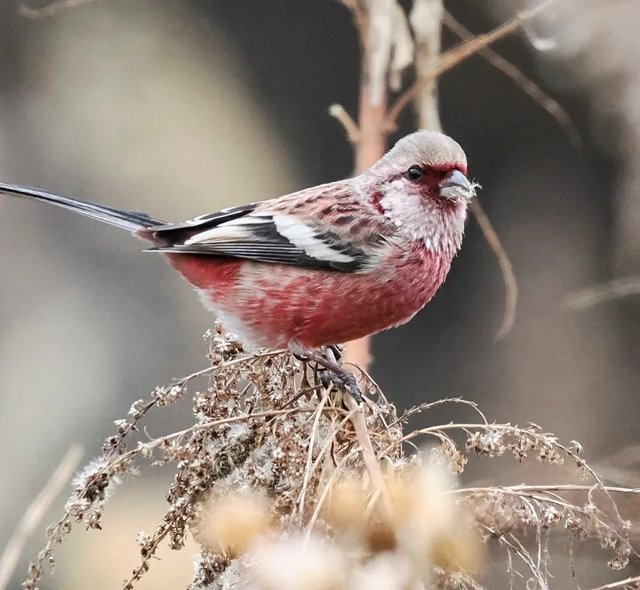So Cute Pallas's Rosefinch Bird
Pallas’s Rosefinch: A Hidden Gem of the North
Among the lesser-known avian wonders of the world, Pallas’s rosefinch stands out as a striking and elusive songbird. Named after the renowned 18th-century German naturalist Peter Simon Pallas, this bird is a breathtaking sight in its native habitats, boasting a vibrant pinkish-red plumage that makes it a true jewel of the northern forests.
A Glimpse into Its Beauty
Male Pallas’s rosefinches are particularly stunning, with their deep rosy-pink feathers and subtle white streaks, making them stand out against the often stark landscapes they inhabit. The females, though less colorful, exhibit an elegant blend of brown and buff tones, which provide excellent camouflage. Their overall appearance resembles other rosefinches, but their slightly larger size and distinctive coloration set them apart.
Habitat and Distribution
Pallas’s rosefinch primarily resides in northern Asia, particularly across Siberia, Mongolia, and parts of northern China. During breeding season, these birds prefer boreal forests and mountainous regions, where they nest among conifers, often in remote and rugged landscapes. As winter sets in, they migrate southward to avoid harsh conditions, occasionally reaching Japan and Korea. However, they remain relatively uncommon outside their core range, making sightings a treat for birdwatchers.
Behavior and Diet
Unlike some of their more social finch relatives, Pallas’s rosefinches tend to be shy and elusive, often foraging alone or in small groups. Their diet consists primarily of seeds, berries, and buds, but they may also consume small insects during the breeding season to provide extra protein for their young. They are particularly fond of birch and willow seeds, which are abundant in their northern habitats.
Breeding and Nesting
The breeding season for Pallas’s rosefinch typically begins in late spring to early summer, when food is plentiful. Males attract females with their sweet, warbling song—a melodic and complex tune that adds a touch of magic to their environment. Once paired, the female builds a nest in dense shrubs or low trees, using twigs, grass, and moss to create a secure space for her eggs. Clutches usually consist of 3-5 eggs, which she incubates for about two weeks while the male provides food.




%20(10).jpeg)